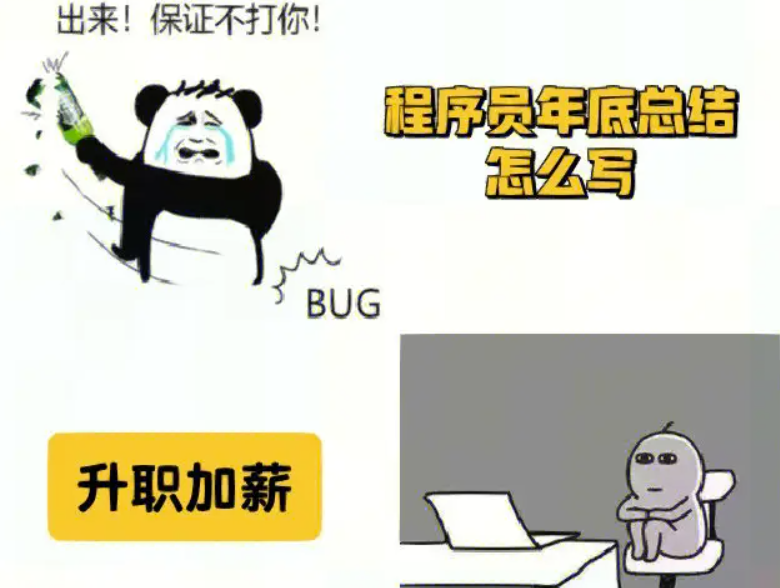要在 Golang 中使用 sort.Strings() 进行不区分大小写的排序,可以自定义一个字符串切片类型,并实现 sort.Interface 接口的三个方法:Len()、Less() 和 Swap()。在 Less() 方法中,可以将字符串转换为小写或大写形式(根据需要),然后再进行比较。
以下是示例代码:
package main
import (
"fmt"
"sort"
"strings"
)
type caseInsensitiveStrings []string
func (c caseInsensitiveStrings) Len() int {
return len(c)
}
func (c caseInsensitiveStrings) Less(i, j int) bool {
return strings.ToLower(c[i]) < strings.ToLower(c[j])
}
func (c caseInsensitiveStrings) Swap(i, j int) {
c[i], c[j] = c[j], c[i]
}
func main() {
s := []string{"apple", "banana", "Cat", "dog", "Elephant"}
fmt.Println("Before sorting:", s)
// convert to custom string type
cis := caseInsensitiveStrings(s)
sort.Sort(cis)
fmt.Println("After sorting:", s)
}
在此示例中,我们定义了一个名为 caseInsensitiveStrings 的自定义字符串切片类型,并实现了 sort.Interface 接口的三个方法。在 Less() 方法中,我们使用 strings.ToLower() 将字符串转换为小写形式,以便进行比较。在 main() 函数中,我们先将原始字符串切片转换为自定义类型,然后调用 sort.Sort() 方法进行排序。最后,我们输出已排序的字符串切片。
运行此程序,输出如下:
Before sorting: [apple banana Cat dog Elephant]
After sorting: [apple banana Cat dog Elephant]
可以看到,字符串切片已经按字母顺序进行了排序,并且不区分大小写。


![驱动代码
void kalRxTaskletSchedule(struct GLUE_INFO *pr)
{
static unsigned int num = 0;
tasklet_hi_schedule(&pr->rRxTask[(num++)%NR_CPUS]);
// tasklet_hi_schedule(&pr->rRxTask);
DBGLOG(HAL, ERROR,](https://linuxcpp.0voice.com/zb_users/upload/2023/05/202305162226144313964.png)

















